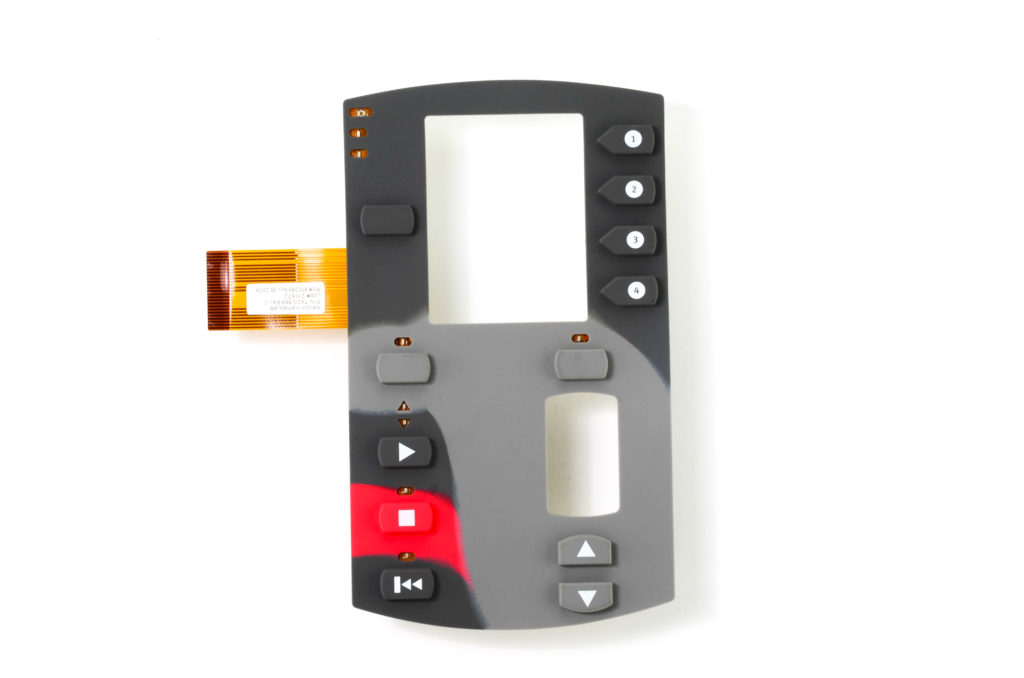
Keypads are one of the most common types of device interfaces. As you may know, they consist of a pad with multiple buttons. Some keypads only feature numbers on their buttons, whereas others feature a combination of numbers, letters and/or symbols. While all keypads have buttons, though, some of them are thinner than others.
There are standard keypads, and there are ultra-thin keypads. Ultra-thin keypads live up to their namesake by featuring an exceptionally thin design. To learn more about ultra-thin keypads, including their benefits, keep reading.
Overview of Ultra-Thin Keypads
Ultra-thin keypads are button-based device interfaces that are designed to be thinner than standard keypads. The buttons may contain any combination of letters, numbers and symbols. With that said, ultra-thin keypads are exceptionally thin. They are thinner than standard keypads, making them ideal for many commercial applications.
How Ultra-Thin Keypads Are Made
You might be wondering how ultra-thin keypads are made. While there are different ways to produce them, polycarbonates (PC) injection is one of the most common methods. PC injection is a molding process. It leverages a mold and raw PC material to create objects, including ultra-thin keypads. With PC injection, the raw PC material is injected into the hollow cavity of a pre-shaped mold.
Benefits of Ultra-Thin Keypads
Ulta-thin keypads offer several benefits. Because they are typically made of PC — a type of thermoplastic — ultra-thin keypads are resistant to moisture. Moisture can’t penetrate through the PC material, thereby protecting the circuitry from moisture-related damage.
Ultra-thin keypads are also durable. PC material isn’t just water resistant; it’s strong and durable. As a result, ultra-thin keypads made of PC material last a long time. You don’t have to worry about them breaking or otherwise degrading. They’ll last a long time thanks to their PC construction.
Of course, one of the main benefits of ultra-thin keypads is their low-profile design. They feature a thinner, lower-profile design than that of standard keypads. With this design, they can accommodate more devices and other related interface applications.
You may discover that some ultra-thin keypads have backlighting. Backlighting is an optional feature that can be included in ultra-thin keypads. It’s designed to illuminate the keypad’s buttons from underneath. Not all ultra-thin keypads have backlighting. Nonetheless, if you’re planning to use an ultra-thin keypad in a dark or poorly lit environment, you may want to choose backlighting for it.
